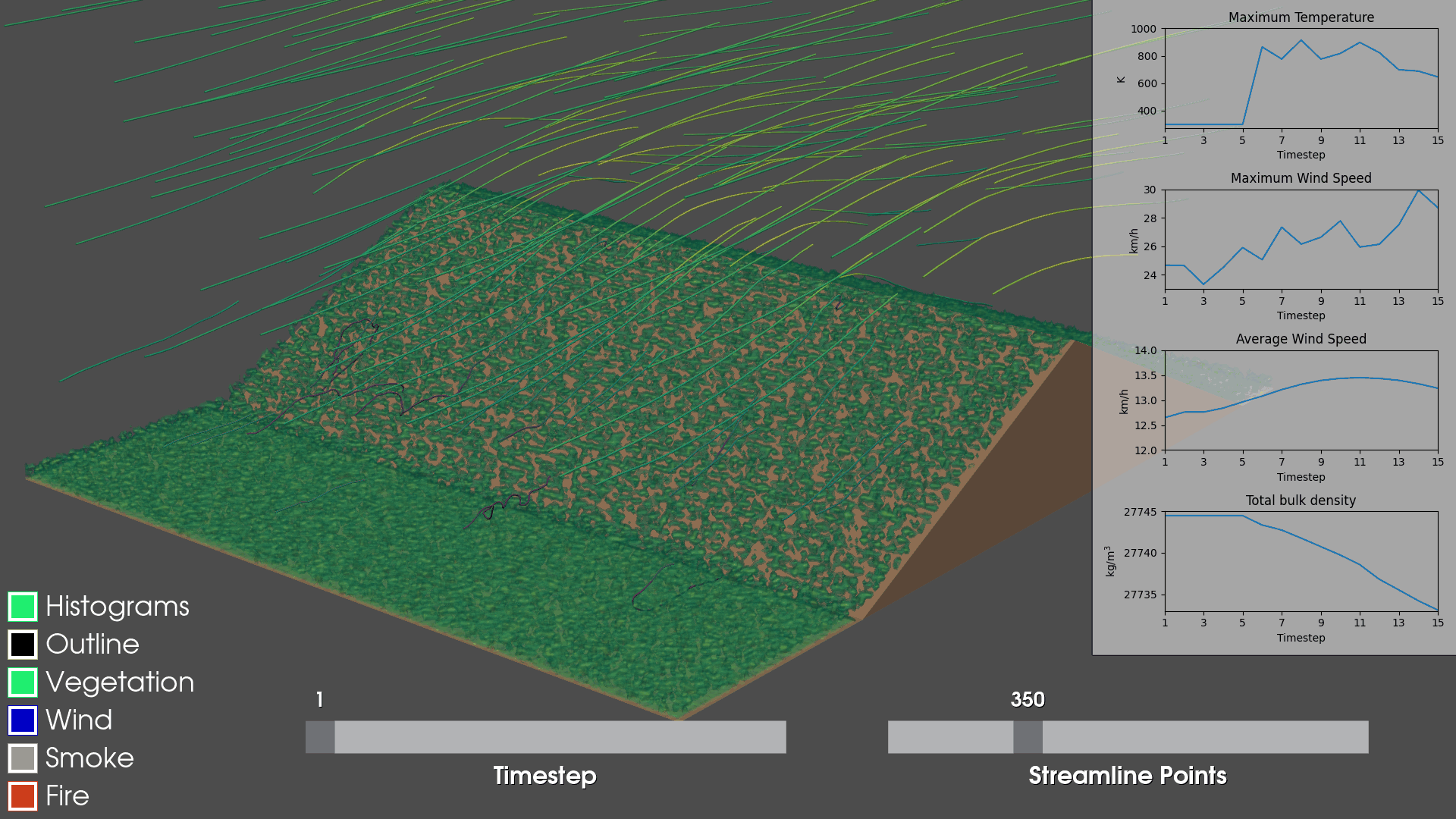About Me
After obtaining my Master's degree in computer science at ETH Zurich with focus on Data Management Systems, I have started working as a Full Stack Software Developer at Raiffeisen Switzerland. I enjoy creating software applications, and I am interested in cloud computing technology and data management / processing systems.
Skills
Programming Languages
- Java
- TypeScript
- JavaScript
- Python
- Kotlin
- C#
- HTML
- CSS
- MS SQL
- MySQL
- Bash
Technical Skills
- Fullstack Software Development
- Angular
- Spring Boot
- .NET
- REST API
- Data Management
- Data Processing
- git
- Docker
- AWS
- Linux
Languages
- German (Mother Tongue)
- English (C1)
- French (B1)
Work Experience
Software Developer at Raiffeisen Switzerland
December 2023 - present
Full stack software development for trading applications
Skills: Angular, TypeScript, Spring Boot, Java, Kotlin, REST API, MS SQL, Docker, PrimeNG
- Frontend web development with Angular
- Backend REST API development with Spring Boot (Java and Kotlin)
- Apprentice supervision
Software Engineer at Swiss National Bank (Internship)
January 2021 - August 2021
Full stack software development for monetary applications
Skills: Angular, TypeScript, .Net, C#, REST API, MS SQL, Angular Material Design
- Frontend web development with Angular
- Backend REST API development with .NET (C#) and Microsoft SQL server
- Rework of logging and alerting infrastructure using the Elastic (ELK) stack
Education
I completed both my Bachelor and Master's studies in Computer Science at ETH ZurichMaster of Science in Computer Science ETH Zurich
September 2021 - September 2023
- Major: Data Management Systems
- Minor: Computer Graphics
- Thesis: Evaluating Data Processing Datacenter Applications in Serverless Environments
Bachelor of Science in Computer Science ETH Zurich
September 2017 - September 2020
- Thesis: Storage Format for Almost-Homogeneous Data Sets
Projects
Here is a selection of projects I worked onContribution to Open Source Projects
Skills: Angular, TypeScript, JavaScript
I have contributed to a few open source projects
Low-Poly Image Converter
Skills: JavaScript, Python
I created a tool to convert images to Low-Poly art style.
You may have noticed the background of this page, which has been generated using this converter
Evaluating Data Processing Datacenter Applications in Serverless Environments
Master's Thesis, Systems Group ETH Zurich, February 2023 - September 2023
Skills: Bash, Python, AWS Lambda, Amazon EC2, Apache Spark, Apache Drill, Docker
Serverless platforms provide a high degree of elasticity and fine-grained billing. Even though the
serverless programming model is very popular for short-lived, event-driven applications, it is ill-suited
for distributed data center applications because of restrictions like the lack of direct communication
between individual serverless functions. Boxer is a system developed to overcome these limitations and
provides an environment in real-world serverless platforms that is compatible with existing data center
applications. Boxer enables the use of existing unmodified query engines in commercially available
serverless offerings (e.g., AWS Lambda), and thus, allowing us to take advantage of the elasticity
properties of serverless platforms without the need to re-design the applications to fit the serverless
programming model. This offers the ability to instantiate data center clusters on a per-request granularity
and therefore reducing resource over-provisioning.
In this thesis, we study the requirements, feasibility and performance of using Boxer to run existing data
processing applications in a serverless environment. We show how to instantiate whole query engine clusters
in serverless functions on a per-request granularity and present experimental results of the TPC-H benchmark
using Apache Spark and Apache Drill query engines running in AWS Lambda serverless functions. We evaluate
the query engine cluster initialization time, query execution time, as well as monetary costs, and compare
them to results gathered from the same experiments performed in Amazon EC2 virtual machine clusters.
Update (October 2023):
Our paper Off-the-shelf Data Analytics on
Serverless has been accepted at the Conference on Innovative Data Systems Research (CIDR), 2024.
Computer Graphics Project
Computer Graphics course project, ETH Zurich, 2022
Skills: C++, Python
During this course, we implemented a renderer to create physically-accurate images.
We extended the Nori v2 ray tracer by adding the following features:
- Images as Textures
- Normal/Bump Mapping
- Textured Area Emitter
- NL-means Denoising
- Heterogeneous Participating Media
- Directional Light
- Motion Blur
- Procedural Volume
- Environment Map
- Advanced Camera (Depth of Field, Lens Distortion, Bokeh)
- Disney BSDF
For our final image, we wanted to show the beauty of space. To fit the "Out of Place" theme, we wanted to put something random into the scene: For example a car "driving" in space.

Hybris - The Rise and Fall of Atlantis
Game Programming Laboratory course project, ETH Zurich, 2022
Skills: C# (MonoGame)
Hybris (from Ancient Greek húbris) refers to excessive pride or dangerous overconfidence. It was due to
these traits that Atlantis, an island whose naval power besieged Athens in times long past, fell out of
the Greek Gods' favour, which lead to its downfall and submergence in the Atlantic Ocean.
"Hybris - The Rise and Fall of Atlantis" is a 3D city builder where the player must employ finesse and
strategy to expand their budding
nation, all the while taking care not to draw the wrath of the gods upon themselves and ultimately
succumbing to the same fate as the Atlanteans before them.
Hybris was developed by Benjamin Simmonds, Gianluca Moro, Eric Enzler, Fabian Bösiger and Kate Gadola
during the 2022 Game Programming Lab course at ETH Zurich. The game was implemented in C# using MonoGame and
3D models were designed in Blender.

Wildfire Visualization
Scientific Visualization course project, ETH Zurich, 2022
Skills: Python
In this project, we wrote an interactive program to visualize the spread of wildfires using real-life data. We can use our visualization to analyze the effects of wind and terrain on the spread and temperature of the fires.

"Seeing" Temperature - Integration of IR Camera into the HoloLens 2
Mixed Reality course project, ETH Zurich, 2021
Skills: C# (Unity), Python
The goal of this project is to display the thermal information of people to the user by integrating an infra-red camera connected to a Raspberry Pi computer into the HoloLens 2 system. In the end, the HoloLens will have all the information needed to detect potential temperature hazards and make them visible. The idea behind the project is to develop an application that helps detecting potential Covid-19 threads, e.g., in hospitals, airports, workplaces and other places with a high infection risk.
Storage Format for Almost-Homogeneous Data Sets
Bachelors's Thesis, Systems Group ETH Zurich, March 2020 - July 2020
Skills: Python, Java, JSON, Apache Parquet
JSON is a popular data format which is very flexible since no schema needs to be defined and therefore the
data can also be heterogeneous. But this flexiblity comes at the price of performance. However, in
practice, most data sets do not use the flexibilty of JSON to its full extend and are mostly homogeneous.
We call such data sets almost-homogeneous. For almost-homogeneous data sets, the trade-off between the
flexibilty and performance loss of JSON is not justified.
Thus, we propose a new storage format for almost-homogeneous data sets which allows for faster processing
by storing the data in the Parquet file format. Parquet is optimized for structured, homogeneous data sets
and allows for significantly faster data processing compared to unstructured JSON.
In this thesis, we first cover the background on Parquet and also analyse the almost-homogeneity in
real-life JSON data sets. We then show how to preprocess and convert data sets from JSON to the Parquet
format. Finally, we evaluate the processing performance of our new storage format.
